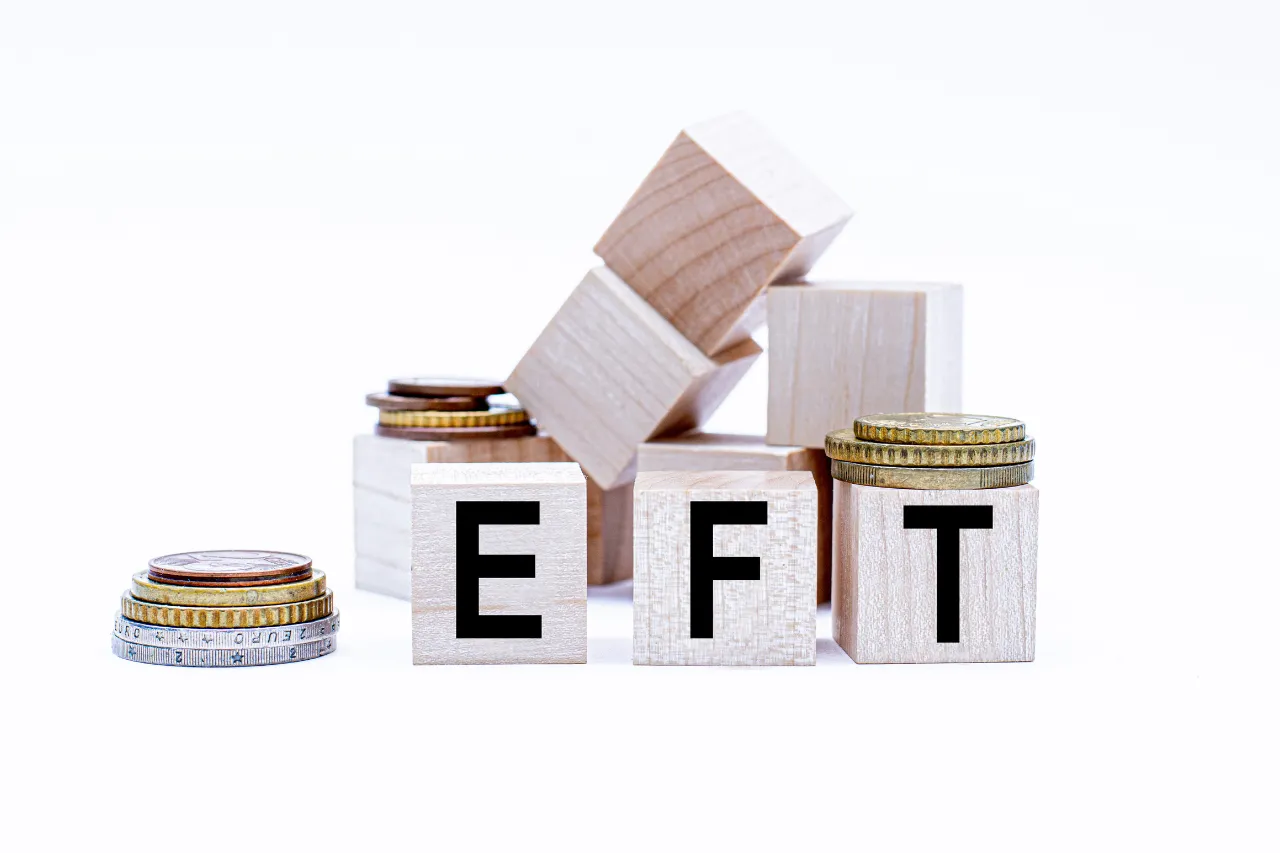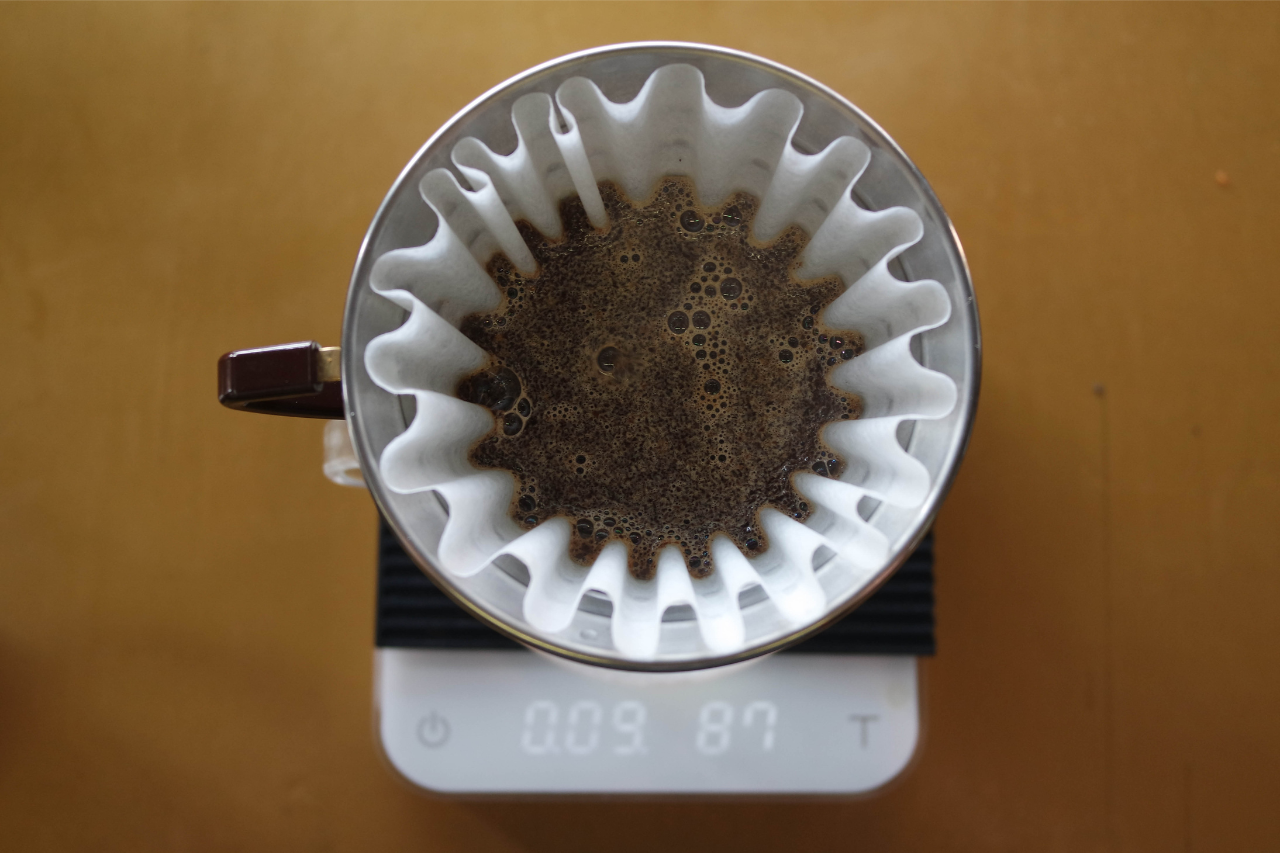What Is a Dividend ETF: Mastering Dividend ETFs

Share:
What Is a Dividend ETF?
A dividend ETF is a type of exchange-traded fund that invests in stocks that pay dividends. Dividend ETFs offer investors a way to receive regular income from their investments, as well as the potential for capital appreciation.
Dividend ETFs typically track an index of dividend-paying stocks, such as the S&P 500 High Dividend Index. These ETFs invest in a basket of stocks that are chosen for their high dividend yields.
Dividend ETFs can be a good choice for investors who are looking for regular income from their investment portfolio. However, it is important to remember that dividends are not guaranteed and can fluctuate based on the financial performance of the underlying companies.
What Are the Advantages of Investing in a Dividend ETF?
There are several advantages to investing in a dividend ETF, including:
– Regular income: Dividend ETFs offer investors a regular stream of income from their investment. This can be a great way to supplement your retirement income or provide extra cash flow for other purposes.
– Diversification: Dividend ETFs offer investors diversification across a number of different dividend-paying stocks. This can help to reduce risk and volatility in your portfolio.
– Low costs: Dividend ETFs typically have lower expenses than actively managed mutual funds. This can help to improve your overall returns.
What Are the Disadvantages of Investing in a Dividend ETF?
There are also some disadvantages to investing in a dividend ETF, including:
– Limited upside potential: Since dividends are typically a percentage of a company’s earnings, there is limited upside potential for dividend growth.
– Fluctuating dividends: Dividends can fluctuate based on the financial performance of the underlying companies. This means that your dividends may go up or down in any given year.
– Tax implications: Dividends are generally taxable at your marginal tax rate. This means that you could owe taxes on your dividends even if the value of your ETF declines.
How to invest in dividend ETFs
Dividend ETFs offer a way to invest in a basket of companies that have a history of paying dividends. This can be a good option for investors who are seeking income from their investment portfolio.
There are a few things to consider before investing in dividend ETFs, such as the expense ratio, yield, and holdings.
The expense ratio is the annual fee that an ETF charges. The lower the expense ratio, the more of your investment will go toward the underlying holdings.
The yield is the percentage of dividends paid out by the fund, relative to its current share price. A higher yield indicates that the fund is paying out a larger portion of its earnings as dividends.
The holdings are the individual stocks or other securities that make up the fund. It’s important to review the holdings to make sure that they align with your investment goals.
Types of Dividend ETFs
There are a few different types of dividend ETFs that you can choose from, including:
– Large-cap dividend ETFs: These ETFs invest in the stocks of large companies that pay dividends.
– Small cap dividend ETFs: These ETFs invest in the stocks of small companies that pay dividends.
– International dividend ETFs: These ETFs invest in the stocks of foreign companies that pay dividends.
– Sector dividend ETFs: These ETFs invest in the stocks of companies within a specific sector that pay dividends.
Dividends ETFs and Taxes
Dividends from ETFs are generally taxable at your marginal tax rate. This means that you could owe taxes on your dividends even if the value of your ETF declines.
It’s important to speak with a financial advisor to understand the tax implications of investing in dividend ETFs. They can help you determine if this type of investment is right for you.
The Bottom Line
Dividend ETFs offer investors a regular stream of income, diversification, and low costs. However, they also have some disadvantages, such as limited upside potential and fluctuating dividends. It’s important to speak with a financial advisor to determine if this type of investment is right for you.
Most Popular

Cute Girly College Ruled Composition Notebooks

What is Coffee Bloom and why does it happen?

20 Best Books Made Into Movies And TV Shows





